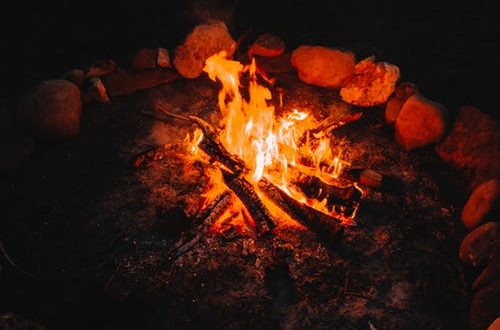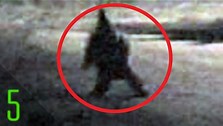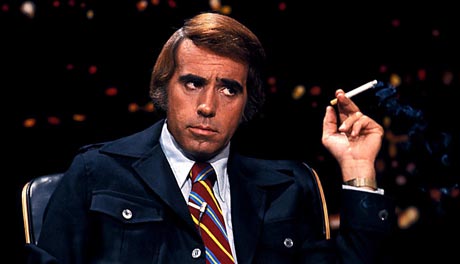EDITORIAL–The Need for Standardized Data in Paranormal Research
Over the past couple of decades, I’ve noticed a commonality among paranormal researchers. (For today’s purposes, I’ll use the term ‘paranormal’ to mean anything outside of the ordinary, even though the different communities might be at odds with one another. This includes, but is not limited to, the study of ghosts, cryptids of all sorts, UFOs, Ancient Alien theory, abductions, and out-of-place artifacts.) The commonality is a simple one–the odd university department or study notwithstanding, there is no set of agreed-upon data that sets the bar for what is or isn’t acceptable evidence.
In other words, one investigator may count an abnormal cry or shriek in the darkened woods as evidence of sasquatch activity, while another investigator, hearing that same cry, either categorizes it as another animal or discounts it completely. One ghost hunter may place all her faith in EVPs while another uses EMF or a K2 meter as his primary form of evidence. I could give examples for just about any field of paranormal study.
I submit to you, the reader and/or researcher, that no paranormal evidence can be considered valid by the scientific community without establishing baselines for what constitutes acceptable evidence. To that end, we need to figure out exactly where that baseline is. Do we want to set the bar as high as famed skeptics like James Randi and Ben Radford do? Probably not. I recall a case where a girl actually met all of Randi’s standards for proving psychic abilities, and he still dismissed the evidence out of hand. However, it stands to reason that a level of skepticism is important. That means we must be careful not to become completely accepting of everything, like some of our TV-based brethren, wandering around in the dark, scaring themselves.
So there’s the challenge. Within any paranormal research subgroup (ghosts, possession, UFOs, Sasquatch, Mothman, etc.), the community needs to decide two things–what evidence is acceptable, and what is the minimum standard for that evidence? Two or more independent sightings, perhaps, or a certain EMF level, or actual, clear EVPs. I’m not trying to set the standards here, just to advocate for the development of them.
Think about education for a moment. While we can largely agree that most students are going to receive a solid education from a solid group of teachers, we still have standardized tests in every country with a university system. Why? Because universities recognize the need for agreed-upon evidence of a student’s abilities. They can’t say that Student A, who went to School X, can go straight into an English course, while Student B, who went to School Y, requires remediation, although they received similar grades. No, it’s nearly always based on a standardized test score, often confirmed by a placement test given by the university. This is a standard, accepted method.
Let’s face facts. In the Fortean world, the burden of proof will always be higher than in the world of established science. But until we standardize our data within individual fields of study, the wall between accepted science and paranormal studies will never be breached.



